Events
Saga-ken 鳥栖市
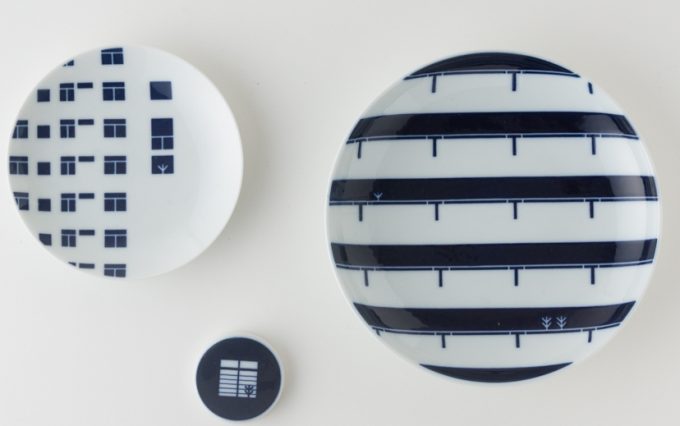
Among the works of KIHARA (an Arita porcelain production and trading company) the SUPERMAMA x KIHARA collaboration series, popular as a souvenir from Singapore, is attracting attention. The white porcelain is dyed with indigo, as is typical for Arita porcelain, but when Japanese people see it, the look of the wares make them wonder. This look, however, is a design that anyone from Singapore will understand.
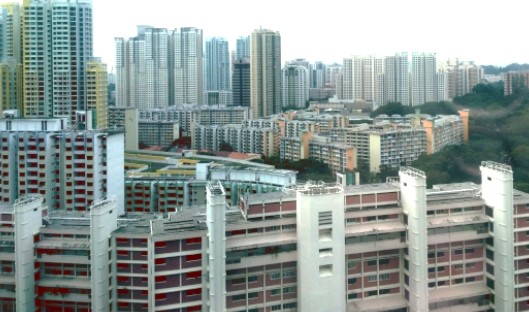
In Singapore, a densely populated city-state, most of its people live in high-rise public housing estates (called HDBs for short). The silhouette of the housing complexes are a familiar sight to Singaporeans, though unfamiliar to most Japanese people. KIHARA, located in Arita Town, Saga Prefecture, Japan, produces plates inspired by this feature of Singaporean life and culture.
The origin of this collaboration series begins with a 2012 exhibition of Japanese products held in Singapore. Unlike ordinary exhibitions, it was held at a shopping mall, but although there was lots of interest in Arita porcelain, the items had trouble selling.
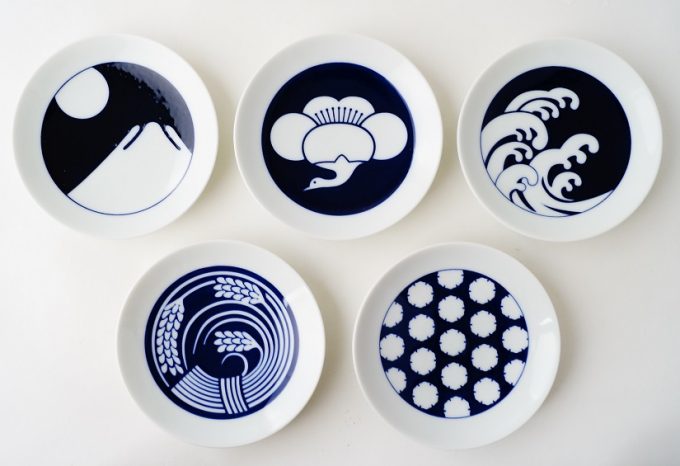
Edwin, the shop owner of the famous nearby gallery SUPERMAMA, appeared at the exhibition hall. Edwin, who likes Japanese things, became interested in the “KOMON” series of tiny dishes (mamezara in Japanese) by KIHARA. The culture behind these mamezara dishes, evoking ideas of “patterns Japanese people understand but foreigners don’t” and “giving gifts as a celebration,” sparked a fresh new idea to try out in Singapore.
So KIHARA’s wares, including those from the “KOMON” series, were arranged to be shipped to and sold at SUPER MAMA. With a good reputation behind the shop, a new project was launched.
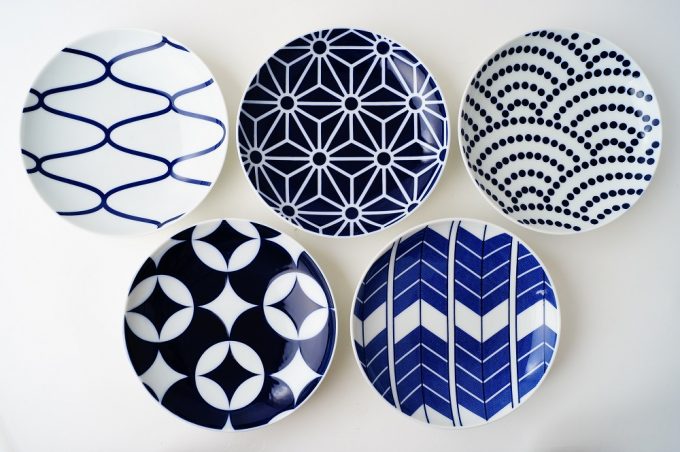
In Japan, there is a long history behind the phrase “putting meaning in the design.” The Cloisonné (Shippou) pattern consists of an infinitely connected ring, with meanings such as “prosperity for descendants,” and is used in many products in Japan. Realizing there are no such products in Singapore, SUPERMAMA x KIHARA will start a project to create wares with Singaporean characteristics, just as the “KOMON” series is packed with Japanese characteristics.
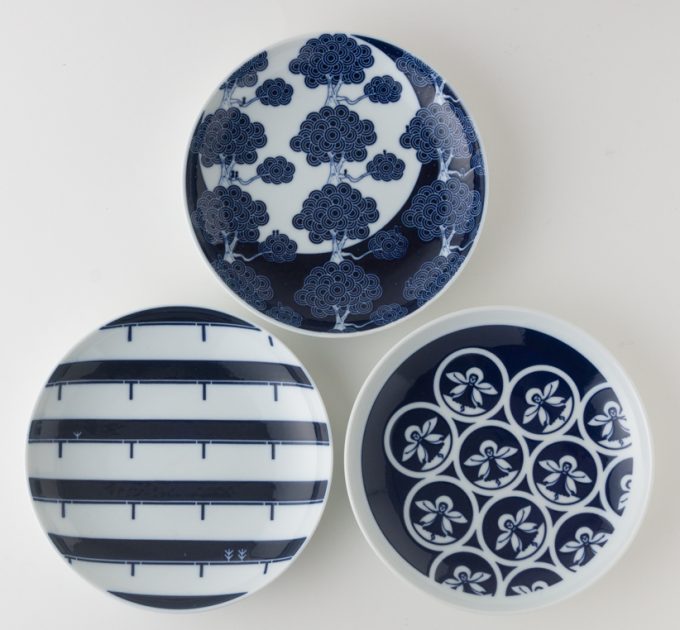
The first series begins with “Singapore Icons” packed with designs any Singaporean can identify, such as High-rise housing complexes, Orchids (Singapore’s national flower) and “The Tembusu” (the most famous tree in Singapore). It took only four months after the exhibition to launch the series from start to completion. The speed and perfection of this achievement is the result of Edwin’s clear vision and KIHARA’s development capabilities cultivated from years of Arita’s historic tradition.
The project continues, and for its second installment there will be a competition to find icons that best represent “Singapore-ness.” Numerous icons will be selected and packed into 65 patterns on Arita porcelain that all express the idea of “One Singapore.” This is something never before seen in Singapore, with many people buying this as an art piece or decoration, even becoming so popular that government officials use them as gifts.
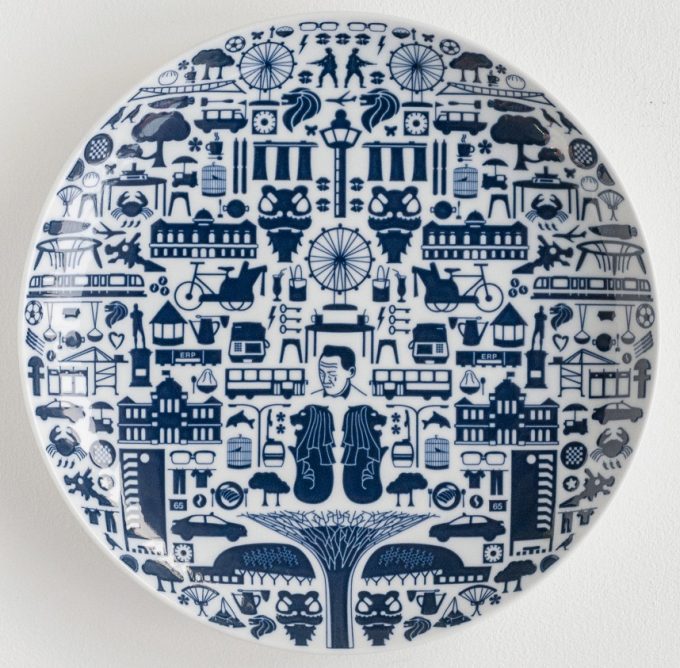
This idea has gone beyond Singapore and is now spreading all over the world, with offers from Europe, Australia and Canada.
KIHARA has been doing overseas business, such as exhibiting wares in Europe, for more than 20 years. However, although Arita porcelain is a highly esteemed form of pottery, there were years where it was difficult to boost sales. The Singapore exhibition was held with the aim of moving past mere overseas sales and instead into generating attention as the main priority. As a result of meeting Edwin there, the popular “One Singapore” series was born.
What became apparent from previous overseas exhibitions was the importance of making Arita porcelain suit the purpose of each country. What was suitable for each country’s use had already taken root there, which is why at KIHARA the technology, features, and strengths that make Arita porcelain great were clarified, and a strategy specializing in manufacturing led to success in Singapore.
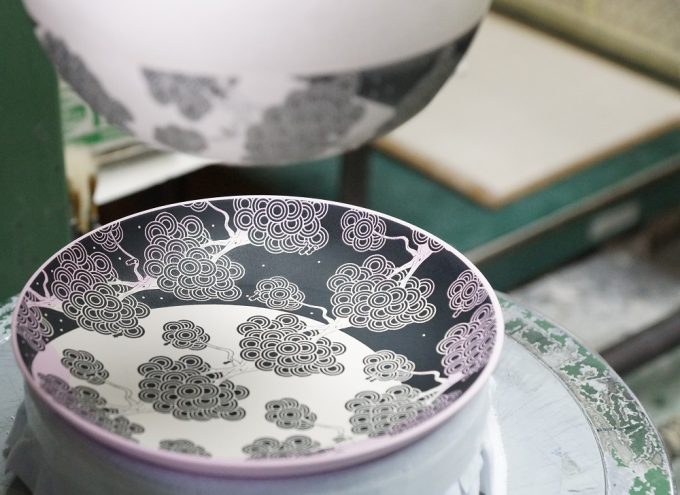
In addition, Singaporean business runs at a different pace, so KIHARA must produce items from start to finish in about 3 months. With the technology and knowledge accumulated over 400 years of history and the excellent cooperation among producers in Arita, KIHARA is able to meet this demand.
Click here for various overseas OEM achievements
(https://e-kihara.co.jp/development/)
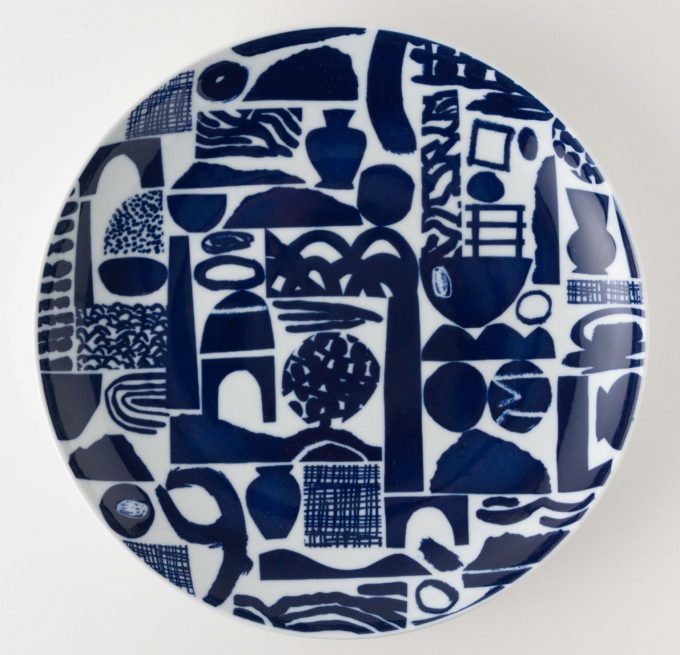
Currently, in addition to collaborating with SUPERMAMA, KIHARA is also interacting with young artists and designers, mainly in France. Timothy, a Frenchman who attended an exhibition in France and actually visited Arita to see its charm, held a local event featuring Arita porcelain. He is in charge of overseeing the direction of the design competition. The grand prize winner receives a production tour in Arita presented by KIHARA.

The unique European design sense and admiration for Japanese techniques creates items unlike those in Japan, expressing a playful fusion of East and West.
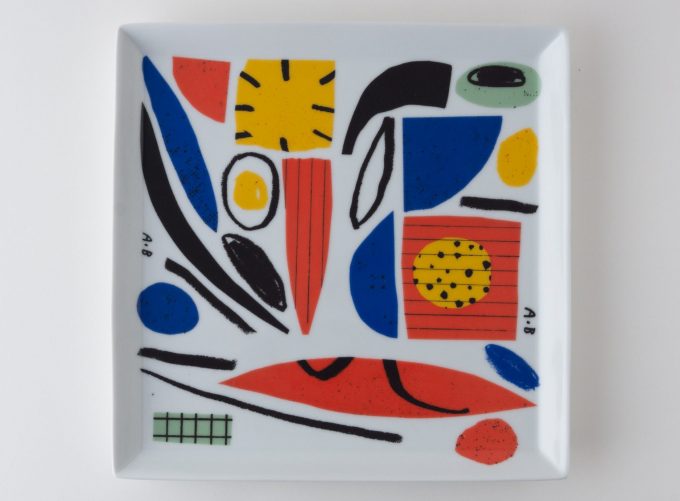
KIHARA’s overseas expansion is successful because of the wide range of variations born from the history and power of Arita porcelain and the tenacity of its producers. Many people overseas remain unfamiliar with Arita porcelain, long famous in Japan, but expectations for the future of Arita porcelain and KIHARA are only increasing.
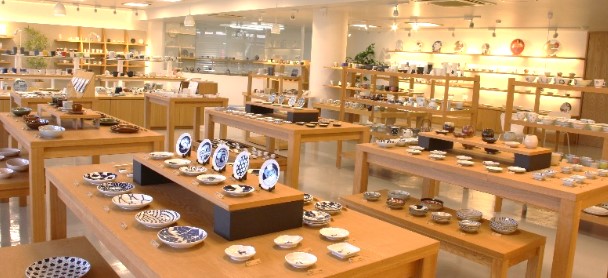
| NAME | KIHARA Co., Ltd. http://e-kihara.co.jp/company/ | |
| <KIHARA ARITA Main Store> | ||
| Adress | 2351-169 Akasaka, Arita-cho, Nishimatsuura-gun, Saga Prefecture 844-0024 (inside the Arita Sera Shopping Mall) | |
| TEL | 0955-43-2325 | |
| Business hour | 9: 30 am – 5: 30 pm *Currently 9: 30 am – 5: 00 pm | |
| Regular holiday | New Year’s Day | |
| <KIHARA TOKYO Store> | ||
| Adress | 1-14-11 Tomigaya, Shibuya-ku, Tokyo 151-0063 (2F / 3F) | |
| Access | 5 minute walk from Yoyogi Koen Station on the Chiyoda Line, 6 minute walk from Yoyogi Hachiman Station on the Odakyu Line | |
| TEL | 03-6407-1571 | |
| Business hours | 11: 00 am – 7: 00 pm *Currently 11: 00 am – 6: 00 pm | |
| Regular holiday | Monday *Open if Monday is a national holiday, closed on the following Tuesday | |
|
|
この記事が気に入ったら
いいね!しよう
|
|
|
